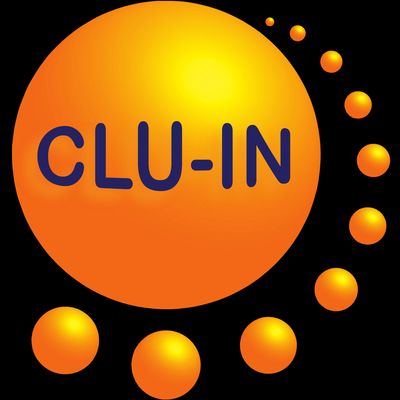Since 1998, The Contaminated Site Clean-Up Information (CLU-IN) website has presented Internet Seminars covering a wide variety of technical topics related to hazardous waste characterization, monitoring, and remediation. For select seminar topics offered since 2012, we are making complete video recordings available through our archives. This feed contains all video seminars archived in the last 12 months. For a complete list of seminars archived since 2000, please visit http://www.clu-in.org/live/archive/. Our Rehabilitation Act Notice for reasonable accommodation is available at http://www.clu-in.org/training/accommodation.cfm. CLU-IN was developed by the U.S. Environmental Protection Agency (EPA) but is intended as a forum for all waste remediation stakeholders. For more information and to view upcoming live offerings, please visit http://www.clu-in.org/live/. For a complete list of RSS feeds available on CLU-IN, please visit http://www.clu-in.org/rss/about/.
http://www.clu-in.org/live/archive
High Resolution Site Characterization (HRSC): Pragmatic Approaches to Remediation Success (Feb 20, 2018)
Successful remediation decisions at contaminated sites depend on the quality of the collected data, accuracy of data analysis, and interpretation of that data during site assessment and characterization. This webinar presents various case studies, which demonstrate how to apply HRSC strategies using direct sensing tools advanced using direct push technologies (DPT) and interpretive techniques to support and improve remediation decisions at sites. Examples of direct sensing tools include: hydraulic profiling tools (HPT), membrane interface probe (MIP), flame ionization detector (FID), photoionization detector (PID), and electrical conductivity. High resolution site characterization strategies and techniques involve a flexible, scalable, and phased approach to site characterization and remediation, and they reduce uncertainty by identifying site characteristics such as:type and behavior of contaminants; vertical and horizontal extent of contaminate distribution; media affected; sources (mass); pathways (transport zones); and storage zones controlling contaminate movement (dependent on lithology, stratigraphy, permeability). The HRSC systematic approach results in a detailed conceptual site model that is continuously refined over the life of the project and can be used to make successful remediation decisions, which result in faster and more effective site cleanups. To view this archive online or download the slides associated with this seminar, please visit http://www.clu-in.org/conf/tio/HRSC_022018/
